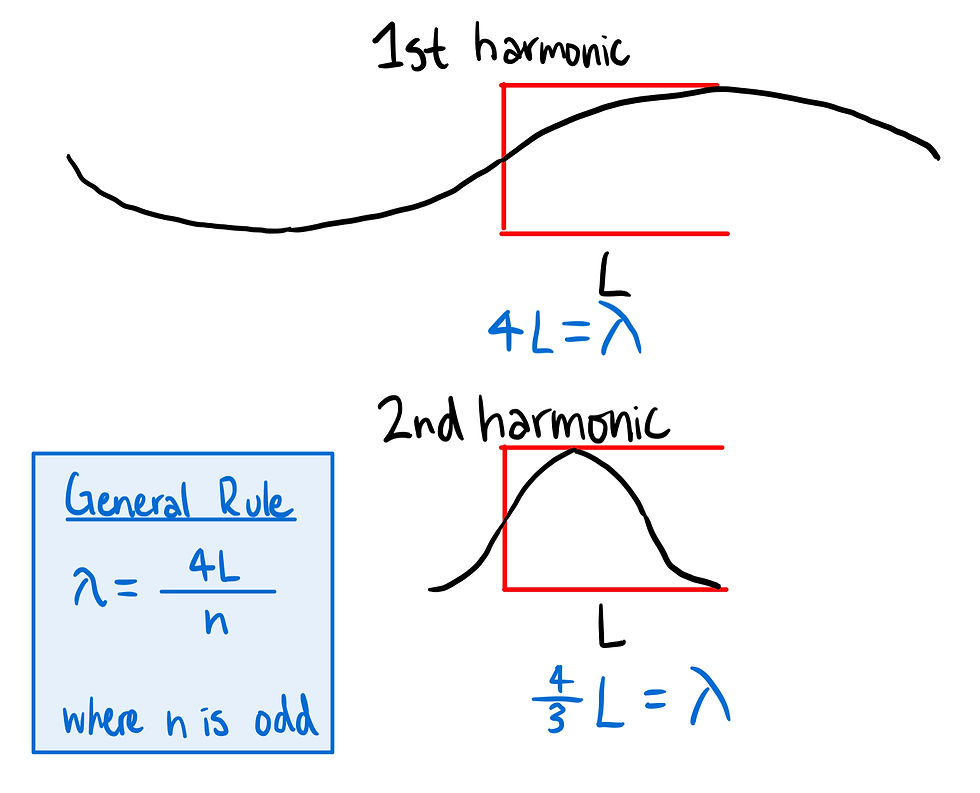PhysicsBowl 2017 Q39
- keshprad

- May 25, 2020
- 1 min read
39) For this question, we have a wave traveling at a constant speed in a one-dimensional plane. We are told that the wave travels at a speed v. We also know the ratio of the wavelength experienced by an observer behind the source to the wavelength measured by an observer in front of the source. We can first draw out this situation.

The question gives us the ratio of the wavelength experienced by each of the people. By analyzing relationships in the general wave equation (v = f * λ), we see that frequency and wavelength are inversely related. We can use the given information to come up with a ratio between the perceived frequency of the wave by persons A and B.

Since the wave is moving away from person A and towards person B, they experience the wave at different frequencies. This is called the Doppler Effect; this is a common effect, and you may have experienced a Doppler shift in frequency as a loud firetruck passes by with its sirens on.
We can write a general equation for the Doppler effect on frequency.

From here, we can look at the perceived frequency for the two people. both people are stationary, so v[o] will be 0. The wave has a speed v, as given in the problem, and we need to solve for v[s].

From here, we can use the initial relation we found between f[A] and f[B] to solve for v[s] in terms of v.

Answer: A




Comments